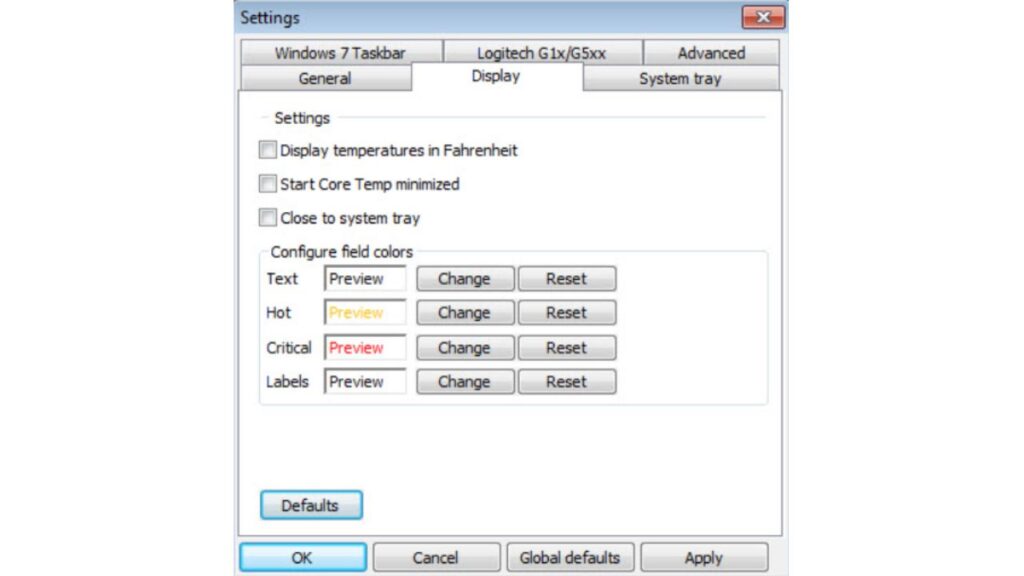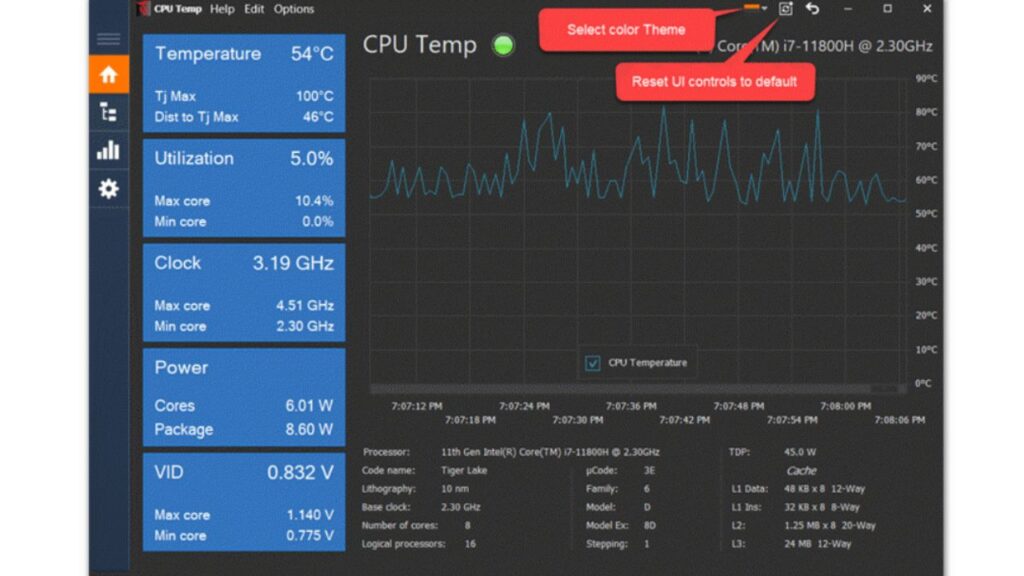Core Temp stands out for its distinctive operational approach. It can showcase the temperature of every individual core within your system’s processors.
This real-time display allows you to observe temperature changes as workloads vary.
Notably, Core Temp is motherboard-agnostic, making it effortless for users to monitor the temperature of any modern x86-based processor.
The program provides support for processors from the three major manufacturers: Intel, AMD, and VIA.
What is Core Temp?
Core temperature refers to the temperature of the body’s internal organs, providing a vital indicator of overall physiological health.
The typical range for normal core body temperature falls between 36.5 and 37.4°C.
However, it’s important to note that temperature readings may exhibit variability based on the specific location of measurement.
Is Core Temp safe?
Safety Assurance of Core Temp: The existence of coretemp.exe on a computer might raise concerns for users, given that executable files are occasionally linked to viruses or malware.
It’s crucial to clarify that coretemp.exe, associated with Core Temp, does not pose a threat as it is not a virus or malware. Core Temp stands as a legitimate and extensively utilized program, earning the trust of millions of users globally.

How to use Core Temp?
Guide to Utilizing Core Temp: To employ Core Temp, initiate the process by downloading and installing the application. During installation, exercise caution to deselect the optional “Goodgame Empire” bloatware.
Once installed, launch the program to access a window displaying information about your system’s CPU, including its current load and other technical details in the upper section. For the core information you seek, navigate to the bottom of the window labeled “Temperature Readings.”
What processors does Core Temp support?
Core Temp extends its support to a broad range of contemporary processors from Intel, AMD, and VIA.
This includes the entire spectrum of Intel processors, such as Core, Atom, Celeron, Pentium, and Xeon series.
On the AMD side, support encompasses Ryzen, Epyc, FX, APU, Athlon, Turion, Sempron, and Opteron series.
Additionally, VIA processors, including the Nano and C7 series, are also within the scope of compatibility.
How does Core Temp work?
The operational mechanism of Core Temp involves direct retrieval of information from the Digital Thermal Sensor (DTS) in each core.
This approach minimizes delays, ensuring exceptionally accurate and real-time temperature readings.
What makes Core Temp stand out?
What sets Core Temp apart is its unique capability to showcase the temperature of each core within the processor package, distinguishing it from other system information and monitoring applications.
Core Temp goes beyond standard features by offering a platform for plug-ins, empowering developers to introduce new functionalities and expand their capabilities.
You can explore available plug-ins and add-ons on our website. If you’re a developer interested in creating your addition, please refer to the developer’s page for guidance.
The program boasts extensive processor compatibility, supporting Intel processors from the “Core” series to the latest Core i7, along with all associated derivatives.
For AMD, compatibility spans from the initial Athlon64 and Opteron series to Phenom, including the latest APU offerings.
VIA processors, starting from the C7 generation and its derivatives based on the C7 architecture, as well as all Nano-based processors, are fully supported.
Core Temp’s accuracy in temperature readings is noteworthy. It acquires data directly from the Digital Thermal Sensor (DTS) located in each processing core, strategically positioned near the hottest part.
The digital nature of this sensor eliminates reliance on external circuits on the motherboard to report temperature.
Instead, the temperature value is stored in a special register within the processor, allowing software to access and read it.
This approach eradicates potential inaccuracies introduced by external motherboard circuits and sensors, ensuring highly precise temperature monitoring.

